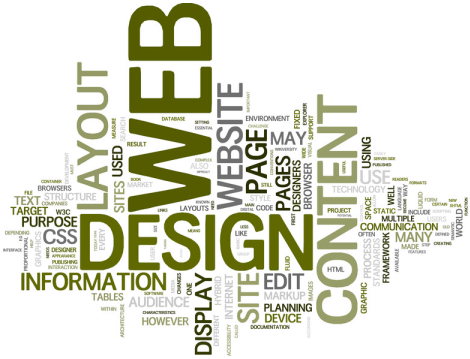An ongoing theme/struggle that I find in my day to day work life is the notion that traditional creatives can do interactive creative with the flip of a switch or by watching a few presentations. Obviously from some of my previous posts I do not agree with this “idea” and from my experience none of my colleagues in this field do either.
I found an article this morning that, yet again, argues this point. I will admit from time to time I need to read what others are going through because it makes me feel like this issue is everywhere and not just in my little world. It seems that every day the gap between the two disciplines widens. Case in point, this article we can start to think about yet another complexity about interactive creative that traditional creatives just don’t seem to be able to get there heads around. Adaptivity and responsiveness.
Here is an excerpt from the post:
With traditional designers, the focus is generally about the visual qualities of a design. All too often, traditional designers forget the underlying objective of the website: to convert sales and generate leads. A responsive website consists of clean design that directs users to do something. Websites are merely a company’s marketing “real estate.” They account for a substantial component of lead generation, sales and the cultivation of new business opportunities.
Success in designing sites for adaptability comes from understanding how the user behaves. In my opinion, a design that can be adapted or changed due to user behaviors is the best approach. It is how I approach every site design. User behavior involves meaningful activity; it necessarily involves interpretation and awareness. In most cases when people land on a site, they’re arriving with a specific task in mind. This means they already have tunnel vision on and they won’t look at all the other pretty things your site has to offer. The user will be clicking deeper into the site in no time. All the effort spent crafting your homepage is lost. People just want to get their task done. This is just natural behavior and we cannot change it no matter how much we try. Take this behavior into account when designing a website: you must ensure that the site’s purpose and content are clear on all pages. If the purpose is not immediately apparent, many people will either give up or look elsewhere (there are plenty more sites in the sea). The same goes for highly clever brand experience sites that have no direction but high quality videos playing in the background.
This all goes back to my mantra: “Traditional creative is consumed, absorbed and looked at. Interactive creative is more like a product, that is actually used and interacted with and is fluid. The differences between the two are simply complex.”
Later in the article the author does say something though that I also believe:
“There is room for both traditional and interactive designers. Each can learn from the other if both can keep an open mind. But, and I say this with a big but, I have found that most interactive designers just want to do interactive and not cross over into traditional. With that said, I have a hard time with the idea of a traditional designer doing the job of an interactive designer. I myself find it hard to embrace this trend, but the traditionalists are children in the interactive space.”
I’ll keep beating this drum till I’m blue in the face, or on the street 🙂

